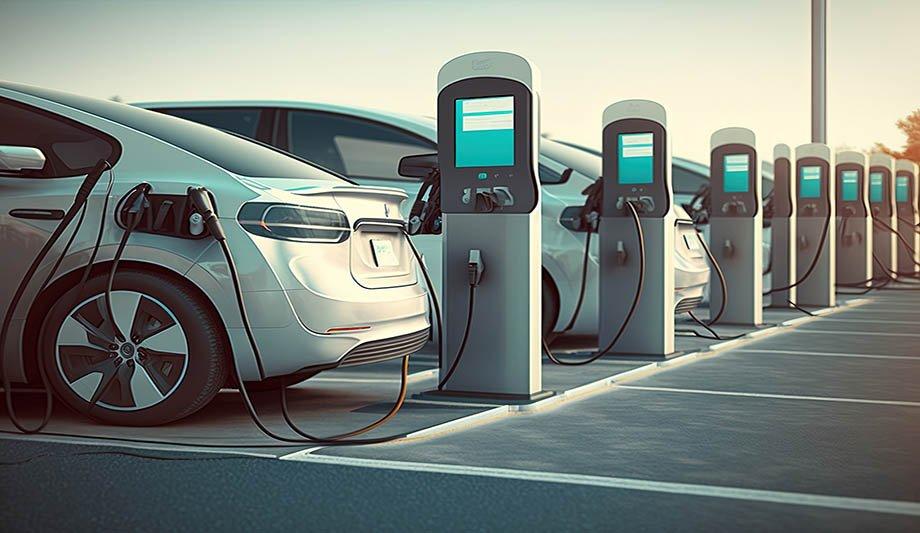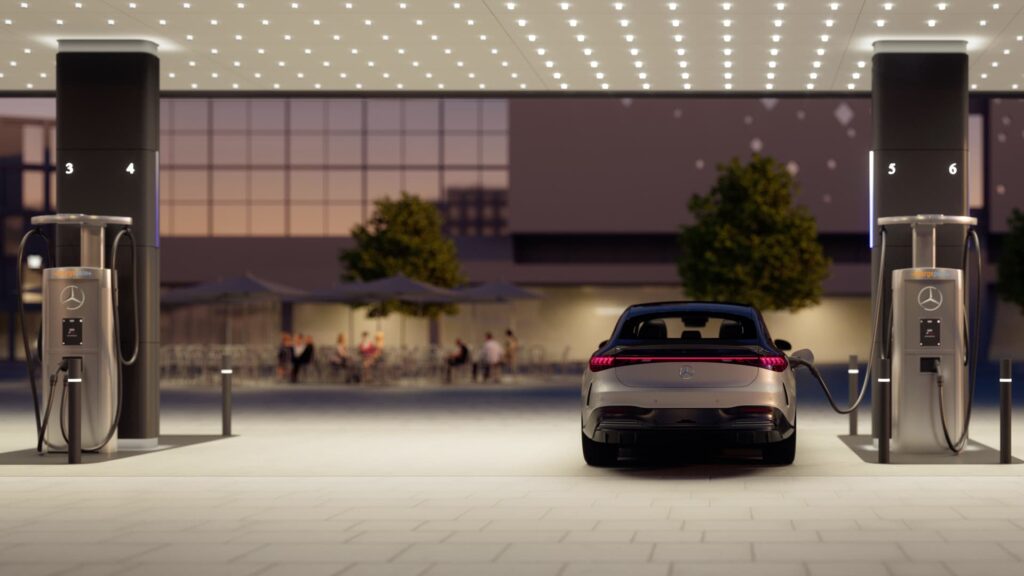Expert Opinions and Market Insights When You Buy EV Charging news
Leading EV Charging Information: Secret Updates on Infrastructure and Development

Recent Advancements in Fast-Charging Innovation

Moreover, developments in battery technology, including boosted thermal management systems and greater power density batteries, enhance fast-charging capabilities. These advancements minimize the risk of battery destruction during fast charging, making certain longevity and performance for EV proprietors.
Additionally, the combination of clever billing services is improving customer experience, enabling real-time tracking and vibrant rates models. EV Charging news. This versatility enables vehicle drivers to optimize charging prices and times based upon grid need
As automakers continue to purchase fast-charging networks, the cooperation in between sector stakeholders is essential. Partnerships between billing station suppliers and automotive producers are paving the method for substantial insurance coverage, inevitably cultivating an extra durable EV ecosystem. These advancements are critical in supporting the shift to sustainable transportation.
Government Initiatives for Charging Expansion
Government initiatives play a critical role in the expansion of electrical lorry (EV) billing framework, promoting the change to lasting transportation. Various federal and state programs are being implemented to boost billing availability, minimize the monetary concern on consumers, and advertise the fostering of electric vehicles.
Notably, the united state federal government has allocated substantial financing with the Infrastructure Financial Investment and Jobs Act, which sets aside $7.5 billion for EV charging network development throughout the nation. This funding is intended at deploying thousands of brand-new charging stations, specifically in underserved areas, thereby resolving variety anxiety amongst prospective EV customers.
In addition, various states are enacting regulation to enhance the permitting procedure for charging terminal setups, which is essential for increasing implementation. Incentives such as tax obligation credit reports and rebates for both customers and businesses are additionally being introduced to urge the installation of billing infrastructure.
Moreover, public-private partnerships are progressively becoming a focus, leveraging exclusive investment to match federal government funding. These campaigns underscore a collective strategy vital for constructing a efficient and extensive EV billing network, ultimately adding to a greener and even more lasting future.
Innovative Battery Solutions Enhancing Effectiveness
Transforming the landscape of electric car (EV) modern technology, innovative battery services are substantially boosting efficiency and performance. Advancements in battery chemistry, especially with lithium-sulfur and solid-state batteries, are bring about increased energy density, which enables longer arrays and faster billing times. These brand-new battery kinds have the potential to surpass conventional lithium-ion batteries by using greater abilities while lowering weight, thereby improving overall vehicle efficiency.
Furthermore, advancements in battery administration systems (BMS) are enhancing energy usage and extending battery lifespan. Intelligent algorithms monitor battery health and performance, making it possible for real-time changes to billing and releasing procedures. This not only enhances the efficiency of the battery but also makes certain an extra trusted and lasting energy source for EVs.
In addition, the assimilation of reusing innovations is dealing with the environmental influence of battery i was reading this manufacturing and disposal. Developments in second-life applications for EV batteries are facilitating their usage in power storage systems, adding to a round economic climate.
As these innovative battery remedies remain to advance, they guarantee to transform the EV market, making electric lorries more obtainable and appealing to a more comprehensive audience while supporting global sustainability objectives.

Partnership In Between Automakers and Charging Networks
Acknowledging the essential requirement for a durable charging framework, automakers are significantly working together with billing network service providers to enhance the EV ownership experience (EV Charging news). These partnerships intend to produce a smooth charging environment that profits consumers and supports the transition to electrical lorries
Significant automobile brands are joining pressures with established charging networks to broaden their charging terminal insurance coverage, ensuring chauffeurs have accessibility to reliable and practical charging choices. For example, collaborations with networks like ChargePoint and Electrify America allow automakers to incorporate charging remedies straight right into their vehicles' navigation systems, directing users to the nearest stations and supplying real-time availability updates.
Moreover, these collaborations commonly cause the growth of fast-charging modern technologies that substantially decrease the time needed to reenergize an EV. By merging sources and knowledge, car manufacturers and charging networks can innovate much faster, developing options that satisfy the growing need for electrical mobility.
On top of that, joint campaigns may also cause even more standardized charging protocols, which can ease Your Domain Name customer confusion and advertise wider EV adoption. On the whole, these critical alliances are crucial in constructing a efficient and easy to use charging infrastructure that meets the demands of an increasing electrical vehicle market.
Challenges Dealing With EV Billing Facilities
As the electrical vehicle market continues to grow, a number of obstacles are surfacing that impede the advancement of a detailed charging framework. One of the key obstacles is the inadequate variety of charging stations, especially in underserved and country urban locations. This space creates variety anxiety amongst potential EV customers, discouraging them from making the button.
In addition, the absence of standardization in billing technology makes complex the facilities landscape. Variants in plug types and charging speeds can create complication for individuals and increase operational complexities for billing network operators.
One more pushing concern is the high cost connected with the setup and upkeep of charging stations, which can be a barrier for both public entities and personal businesses. Lastly, regulatory difficulties and zoning constraints can delay the release of billing facilities, hampering development in broadening necessary services. Addressing these challenges will certainly be crucial for fostering a durable EV ecological community that sustains the shift to sustainable transport.
Verdict
Finally, the continuous advancements in EV billing innovation, supported by substantial federal government efforts and cutting-edge battery services, are important for the growth and performance of electric vehicle facilities. Collaborations in between automakers and charging carriers even more improve terminal coverage, attending to the growing demand for accessible charging choices. In spite of difficulties that continue within the EV charging landscape, these developments represent a positive trajectory in the direction of a more effective and lasting electric car ecological community.
Innovations in charging infrastructure have actually led to the advancement of ultra-fast chargers capable of delivering up to 350 kW of power, significantly reducing billing times. Variants in plug types and charging rates can produce confusion for great post to read users and raise functional complexities for charging network drivers.In final thought, the ongoing advancements in EV billing innovation, supported by substantial federal government efforts and innovative battery remedies, are vital for the growth and efficiency of electrical car infrastructure. Cooperations between car manufacturers and billing companies further boost station insurance coverage, attending to the growing need for available billing options. Regardless of difficulties that linger within the EV charging landscape, these growths represent a favorable trajectory towards an extra efficient and lasting electric automobile ecosystem.